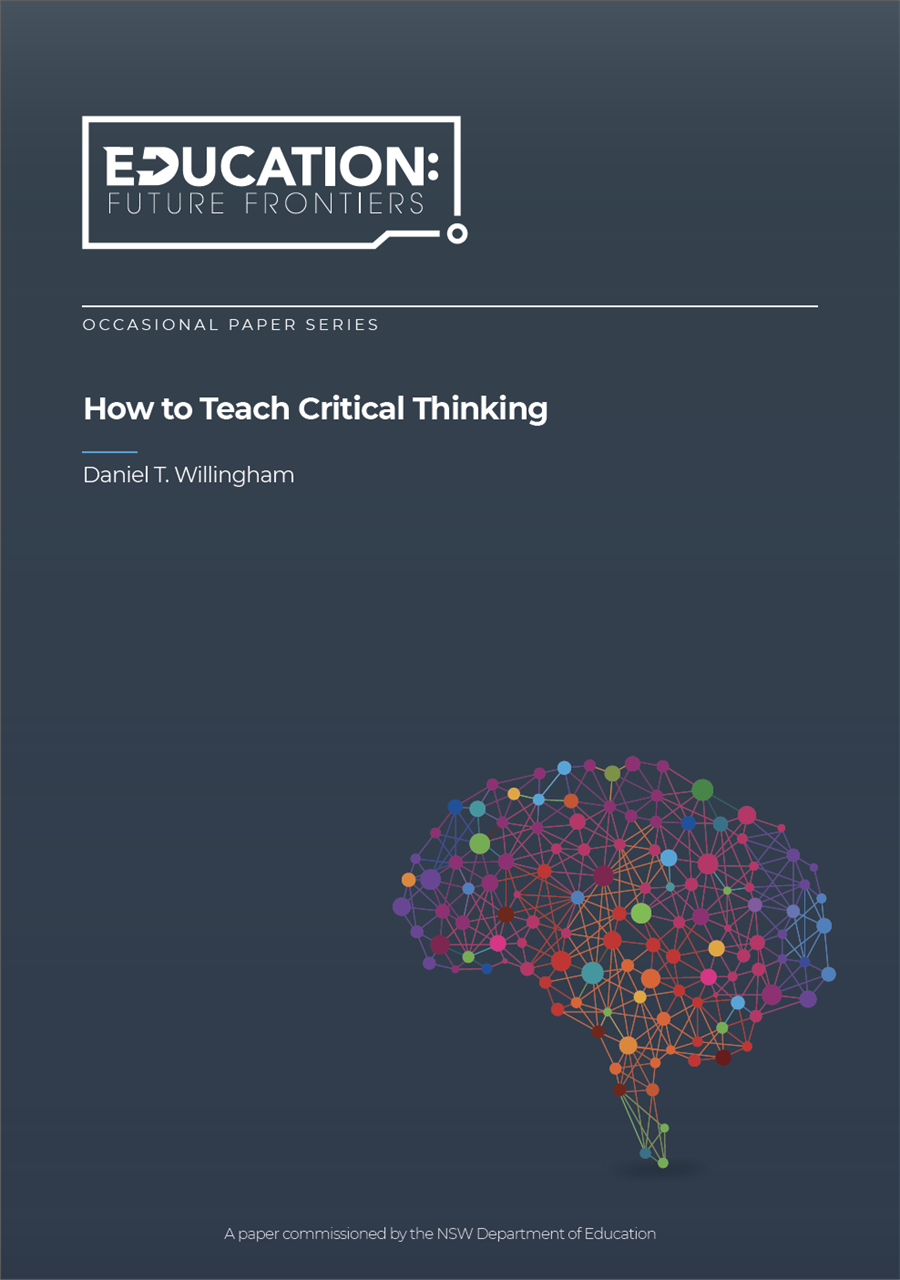Holiday breaks provide a great opportunity to catch up on some professional reading. If you haven’t yet caught up with Margaret Merga’s 2018 publication,Reading Engagement for Tweens and Teens: What Would Make Them Read More? make sure you get to it soon. Filled with research and practical strategies to encourage young people to read, it’s a timely and essential advocacy tool for those working in Australian school libraries.
Something else that caught my attention over the break was the article, 'The Continuing Journey to Understand Dispositions and the Concept of the Ho-hum Librarian' by Jones and Long (2019) in the journal, Teacher Librarian, 46(4). The article is shaped around the question: Do we emphasise knowledge and skill acquisition for school librarians at the expense of attending to the development of professional dispositions?
 Rather than focus on the skills needed to sponsor successful library programs, Jones and Long emphasise the importance for school librarians to develop professional dispositions – ideas and behaviours directed towards broad goals – that will move the profession forward. The authors’ interviews with nine “exemplary” school librarians indicated that such dispositions present themselves broadly as “thinking dispositions,” “relational dispositions,” and “motivational and forward-thinking dispositions related to technology.” Well worth a read!
Rather than focus on the skills needed to sponsor successful library programs, Jones and Long emphasise the importance for school librarians to develop professional dispositions – ideas and behaviours directed towards broad goals – that will move the profession forward. The authors’ interviews with nine “exemplary” school librarians indicated that such dispositions present themselves broadly as “thinking dispositions,” “relational dispositions,” and “motivational and forward-thinking dispositions related to technology.” Well worth a read!
And finally, something to share and discuss with your colleagues. Daniel Willingham’s (2019) How to Teach Critical Thinking is an occasional paper commissioned by the NSW Department of Education in the series, Education: Future Frontiers. In this paper, Willingham "considers what cognitive science can tell us about how critical thinking is acquired, and the implications for how education might best develop young people’s critical thinking capabilities in light of this evidence" (p. 3). In summary, Willingham recommends a four-step process in the teaching of critical thinking:
1. identify subject-specific critical thinking skills;
2. identify subject-specific content;
3. plan the sequence in which knowledge and skills should be taught; and
4. plan which knowledge and skills should be revisited across years.
By Di Laycock, President